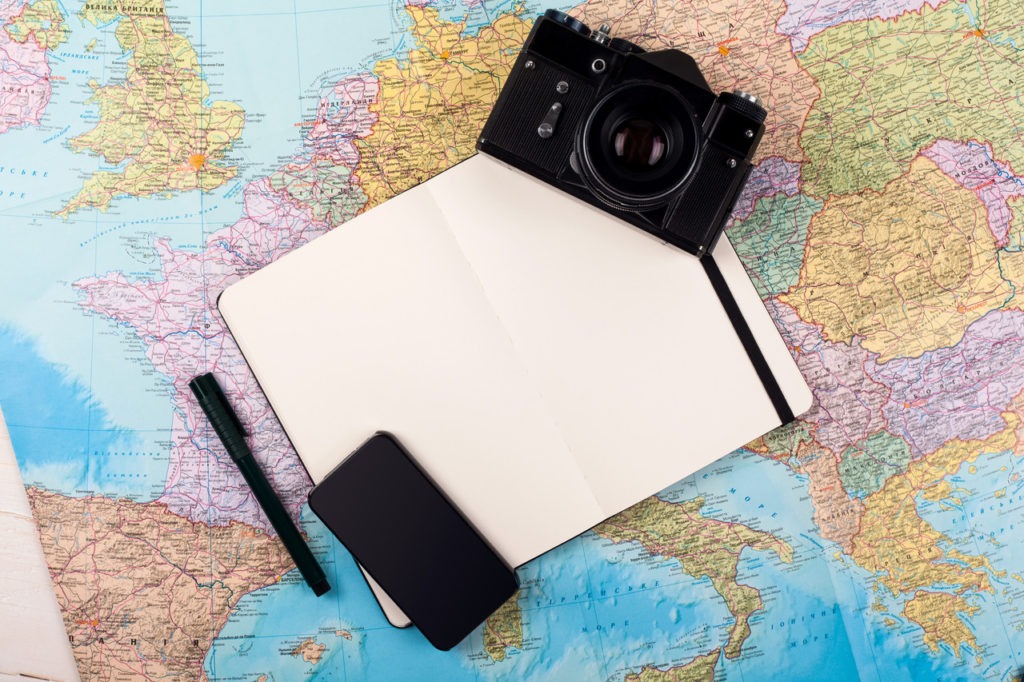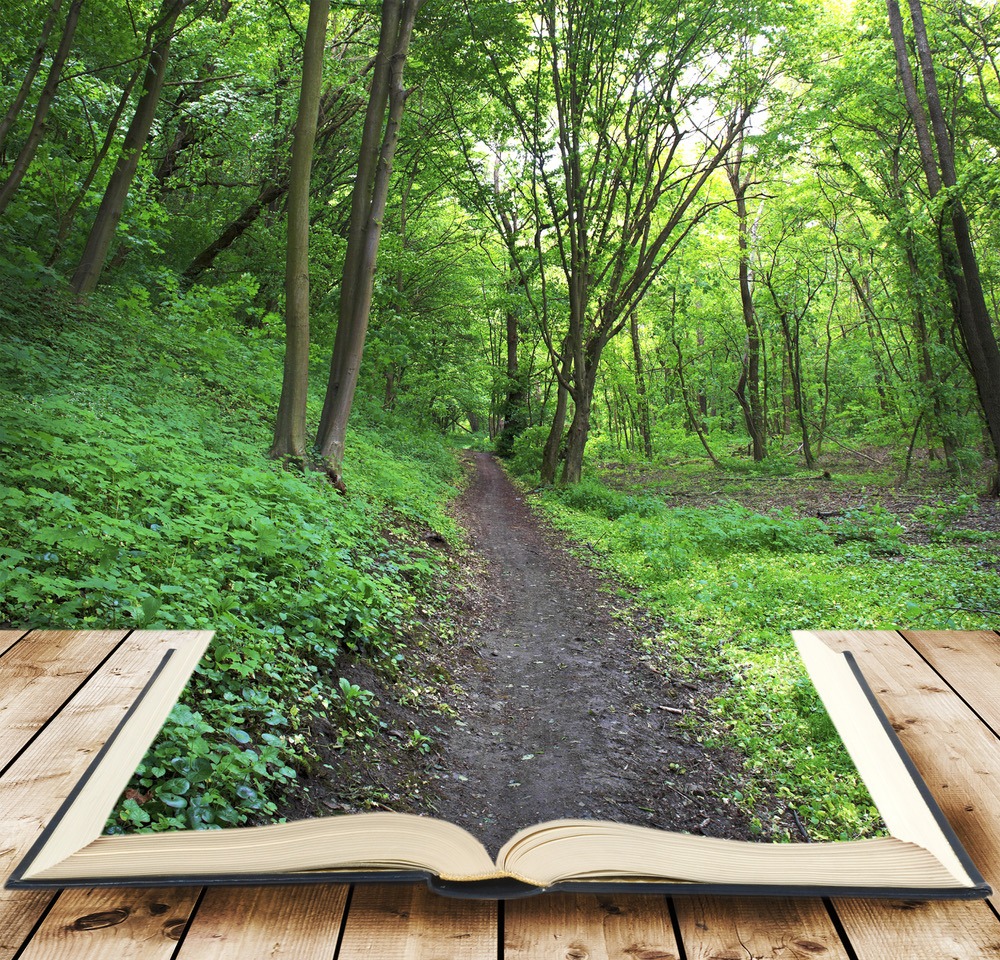Telling a Story through Landscape Photography
July 26, 2018
Fine art landscape photography is too subjective for telling a story. On the other hand, the concept of realistic and renaissance art was to tell future generations of the era at the time. However, the story-telling potential of landscape photography is understated, mainly due to the complexity of it all. Viewers have to discuss and interpret the story rather than just observe and understand it. Therefore, here are some tips on how you can begin telling great stories with landscape photographs that mean something special to you.
Think ‘What is My Story?’
This is a very basic step but I cannot emphasise on the importance of it, you must think about your story before heading out to actually take pictures. Unlike writing, photography can become unorganised chaos very quickly if you haven’t managed your shoot. While I urge you to be creative, it’s best you realise now that not all stories can be told through landscape photography.
While a photograph will hold a specific memory and story to it for you, others may not see it that way. Hence, you should think clearly about what kind of story would be best suited to fine art landscape photography.
Find Your Location
It’s impossible to tell a story by photographing the closest area around; you’ll need to scout for a prime location and may even need to take pictures at more than one place. Personally, I prefer to take my camera with me while scouting for a good place, so then I can take pictures as I go and see where I prefer to be for when the right light hits.
And instead of deciding right there and then, I can remember the good and bad features of each one and assess them after returning to view the photographs on my computer.
At each location, take your time to assess the angles you’ll get and memorise any good spots where you get the best views. It also helps to look through the camera while you’re at it, so you can experiment with the settings and learn of any customised options that allow for a clearer image. You’ll need to shortlist the best features of each scene and notice what sets it apart from the rest. This way, you’ll know what to focus on when you return for another shoot.

Get the Best Conditions
The first trip to your chosen location allows you to get a feel for the potential options you’ll go to for an in-depth photo shoot. Use the pictures from this shoot to see what conditions would work the best to contribute to your story.
Perhaps you’re opting for a gloomy theme, then unlike your usual preference of golden hours, you’d want to wait for cloudy forecasts to capture images of a dark morning or afternoon. On the other hand, a theme of emptiness or feelings of being lost would want to capture a large expanse with a broad horizon.
Head Back to the Locations
Once you’ve pinpointed what conditions you’d prefer for your photo story, it’s time to plan your next trip. Check the forecast and then pack your equipment accordingly. This will include filters, lenses and of course, a tripod.
Using your knowledge from the first scouting trip, return to the best spots of each location that allow you to concentrate on highlights that make it stand out from the rest. When you discover a detail that grabs your interest, go deeper and photograph it in detail. Even though such close-up pictures won’t add to the final product, they help in giving you insights that allow better storytelling.
While in the zone, make the best of your composition techniques to capture images that tell a different tale from the other pictures you’ve taken. It’s essential that you manipulate different angles as well so that you can later have a bigger range to shortlist your favourite images from.

Leverage the Post-Production Stage
Sometimes, the story you had in mind transforms into something else while you are out and about on your trip. Now, this isn’t a bad thing, and if you feel that this new story is better suited to the new pictures, then I encourage you to add aspects of your feelings and emotions as you visited and explored these locations. This adds a valuable element to your story.
I should warn you beforehand that most of the time, you won’t end up with the picture you want after you’ve captured it, well not usually the first time. But this doesn’t mean that you should discard them there and then. I highly recommend that you take every image back to the studio and then apply post-production strategies to manipulate factors of the image to get the effect you desire.
Manipulating post-production effects to a high degree can result in losing the original image, and I highly advise against it since it’s not something I do. Since we’re capturing real landscapes, it’s crucial that you incorporate realism to a fair level, into the final product. Remember, factors like exposure, shutter speed, and composition play just as much of an integral role in transforming your photograph into fine art.
To truly encapsulate a story in a fine art landscape photograph, one needs to take the viewer deep into the scene so that they can experience the emotions that were felt while capturing the picture.
